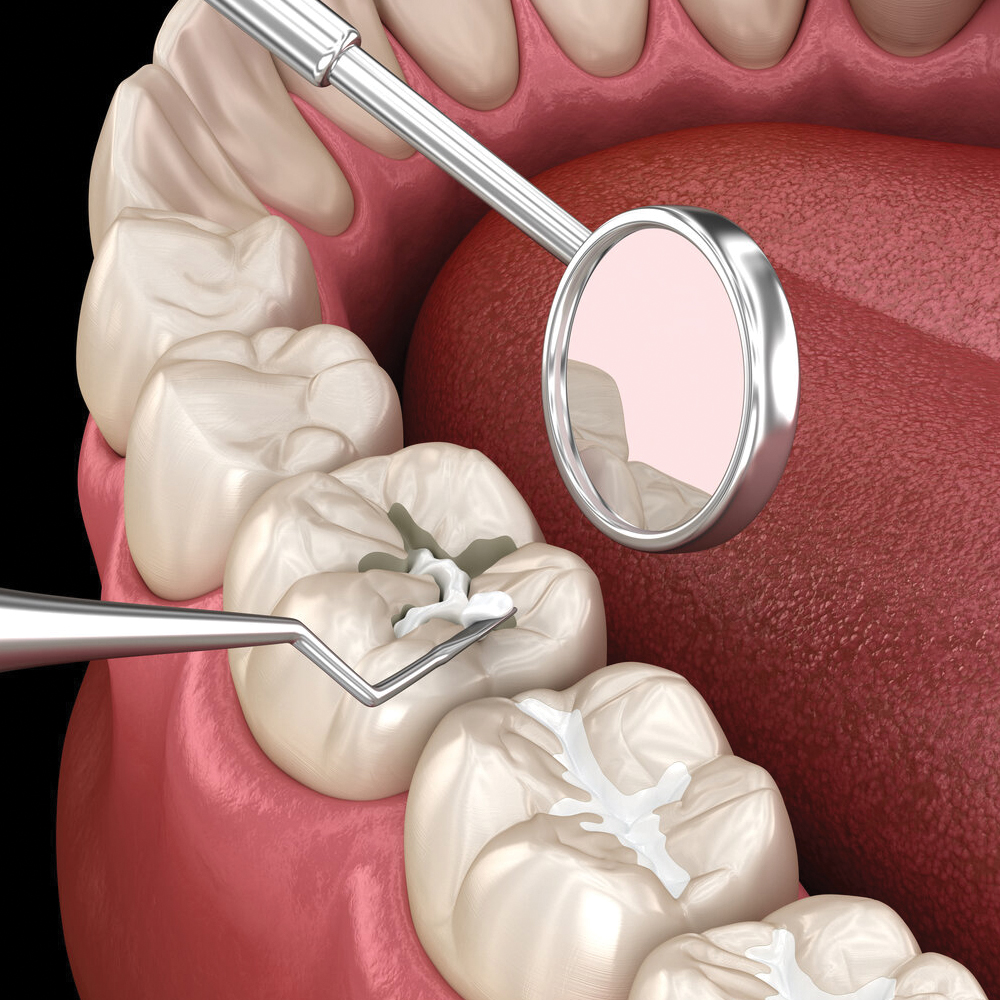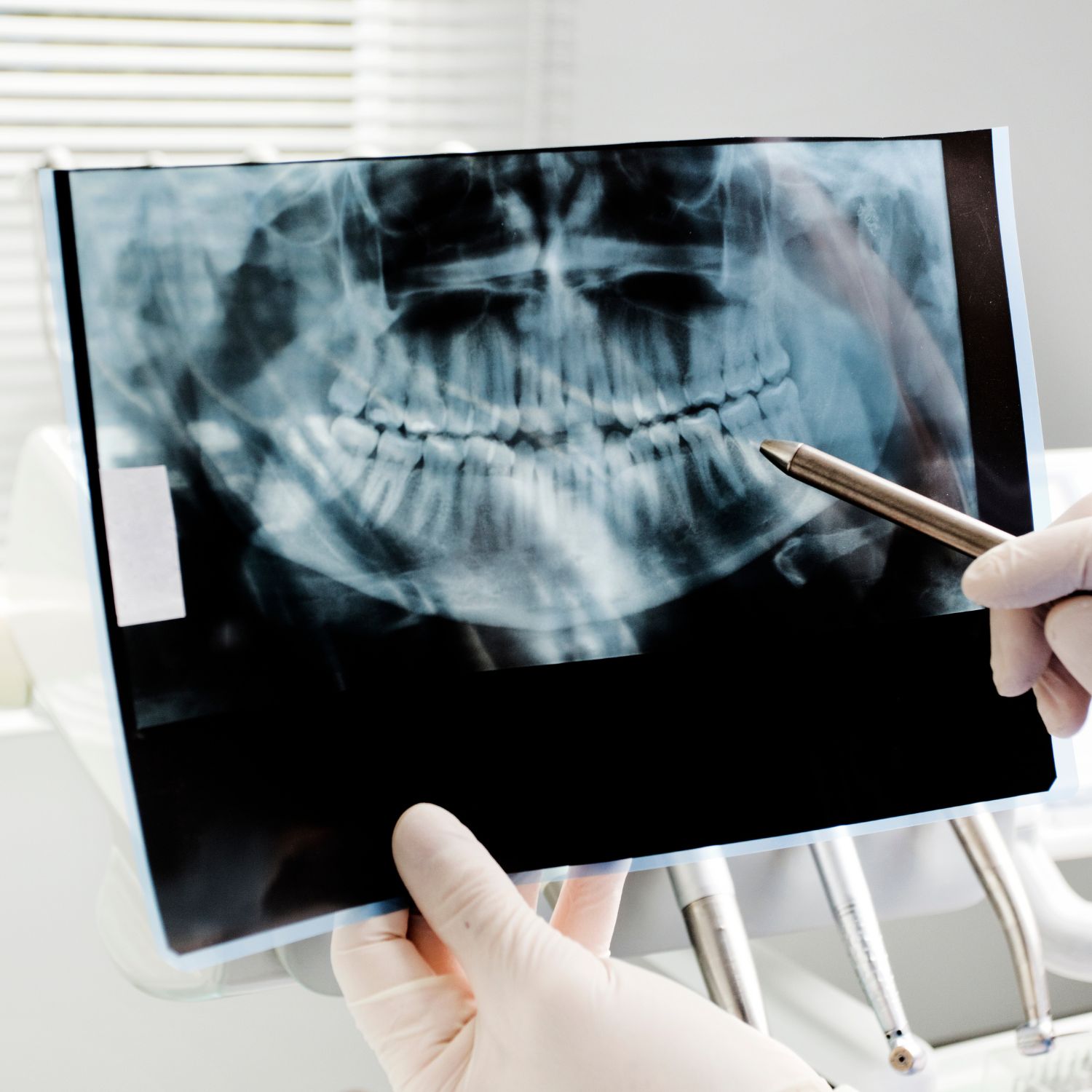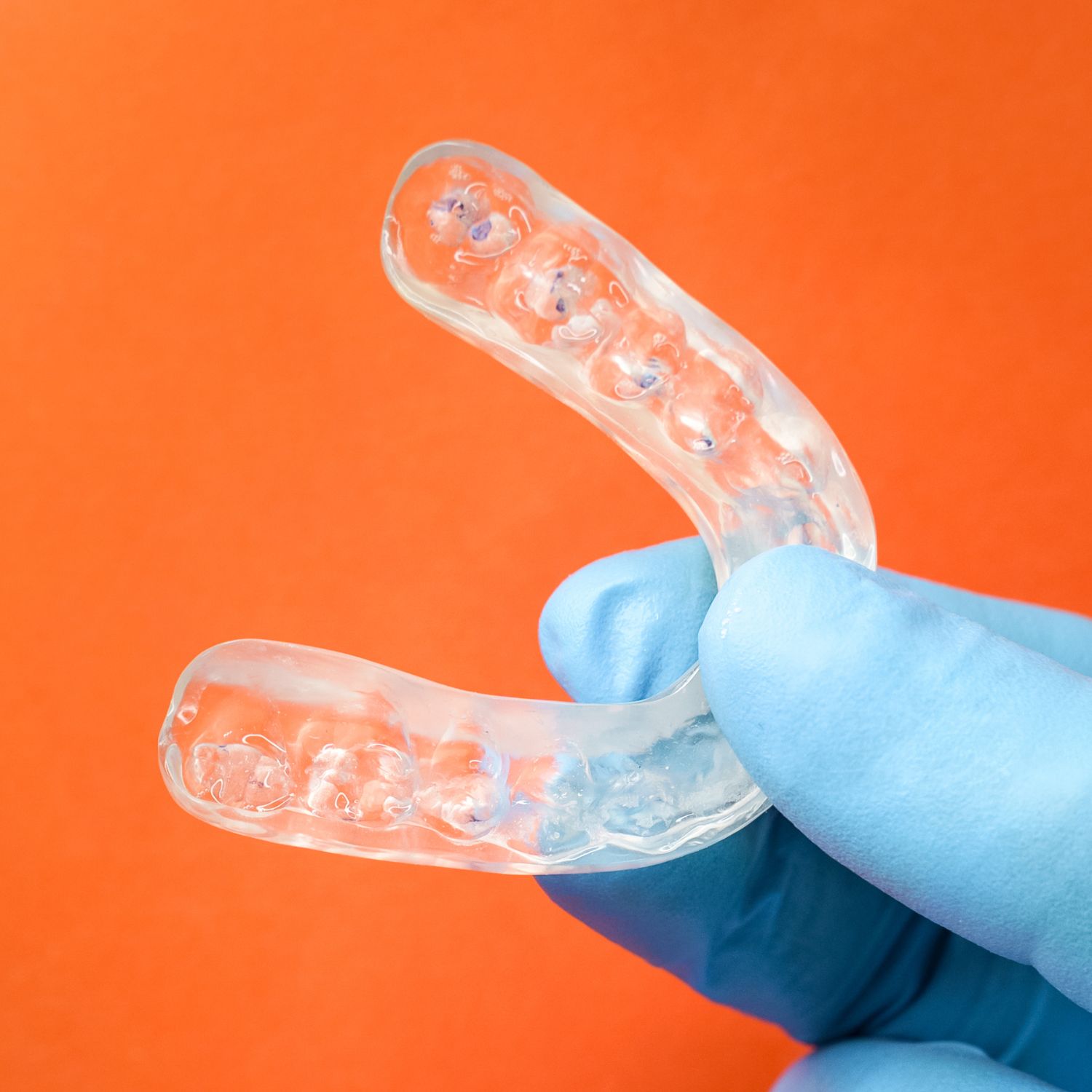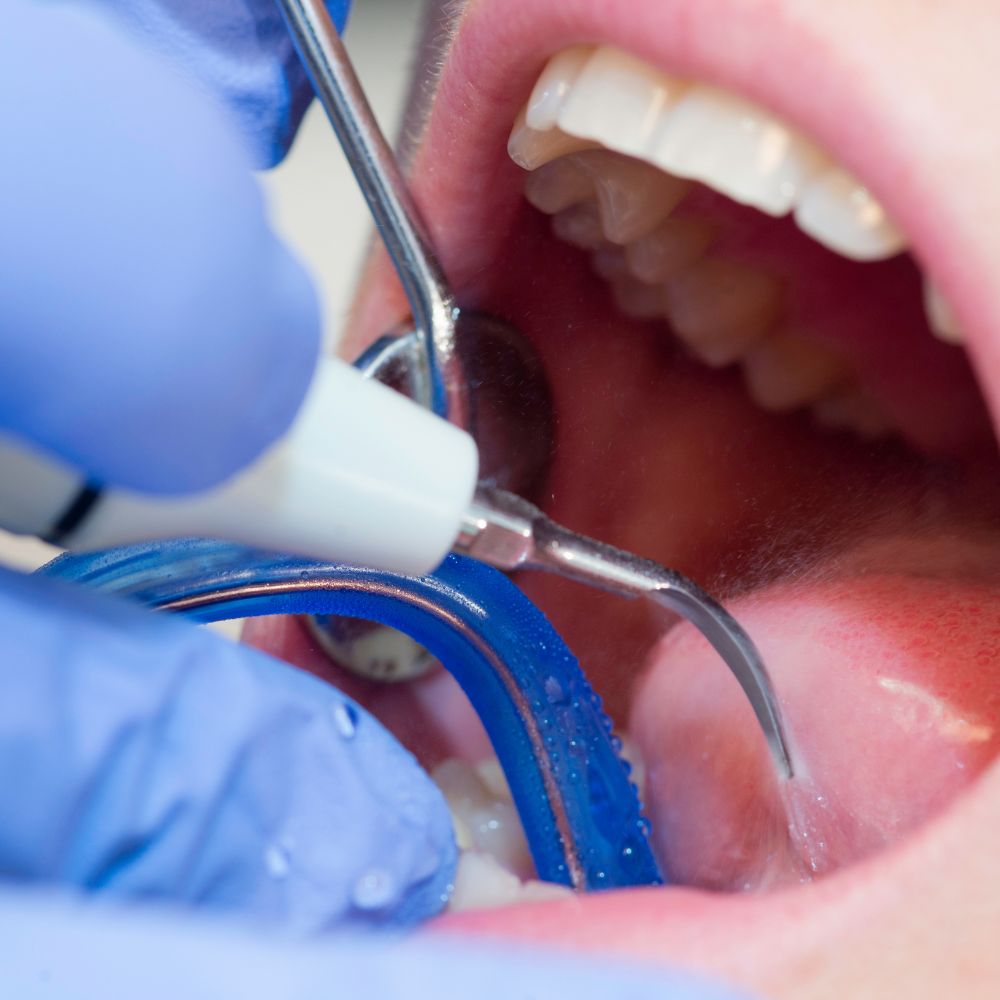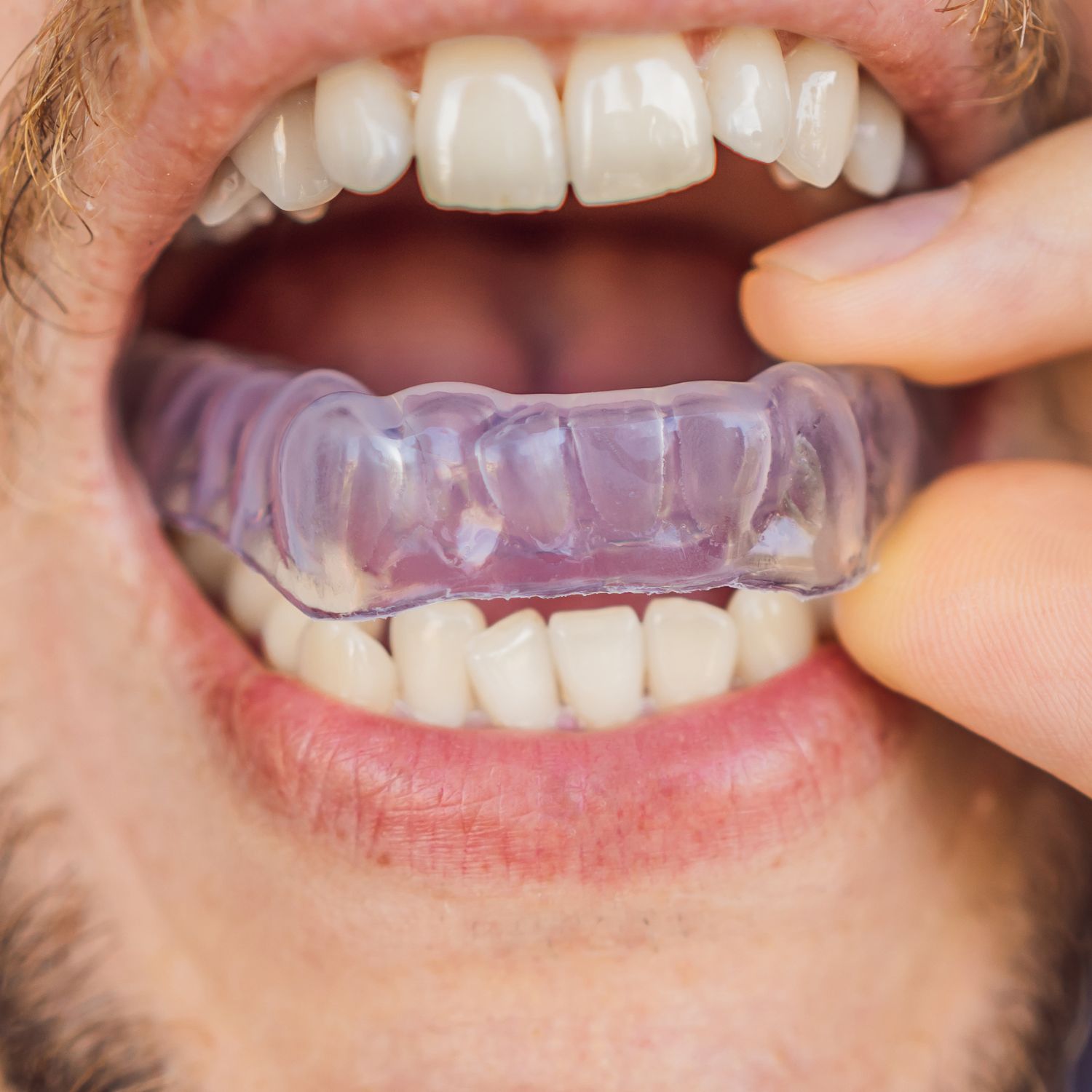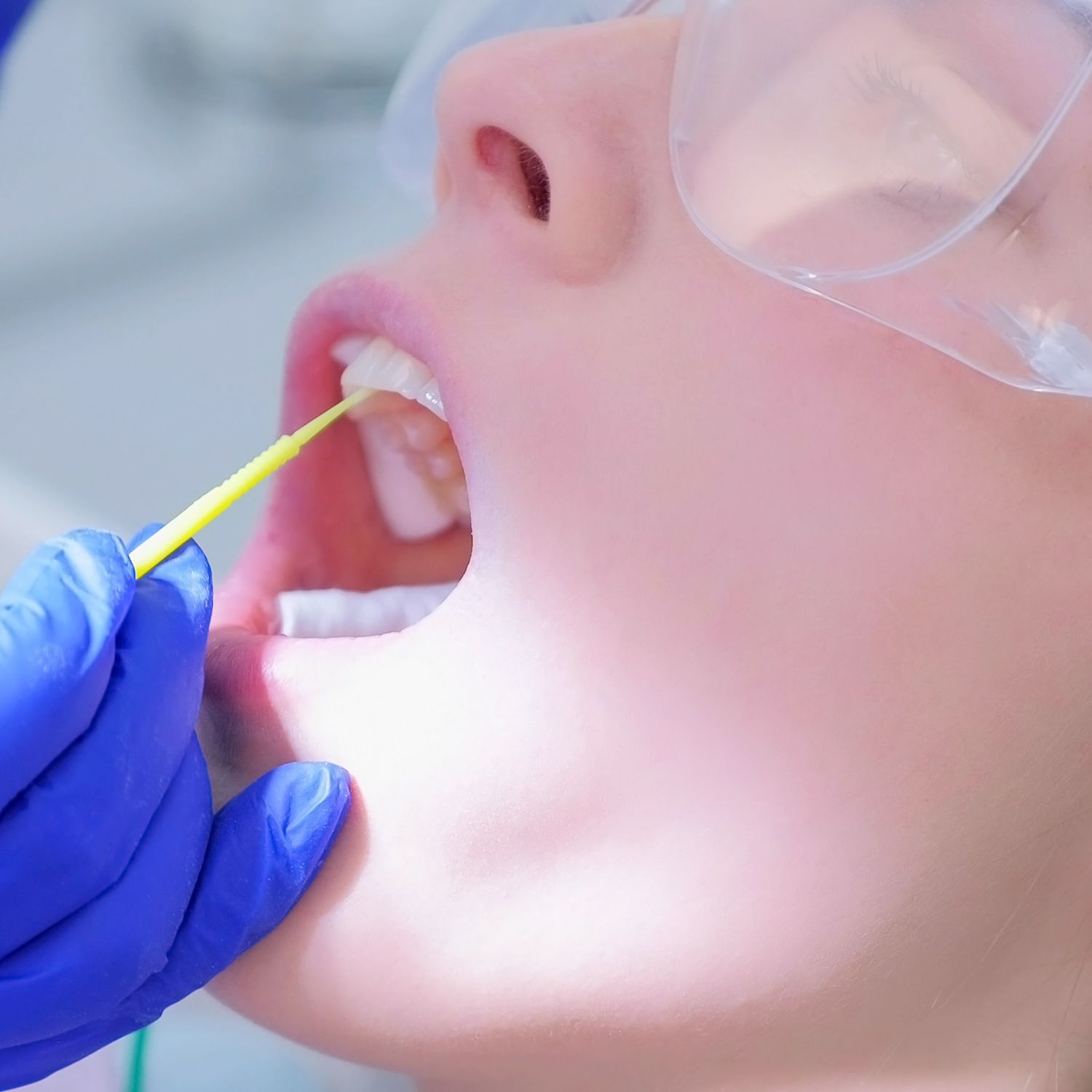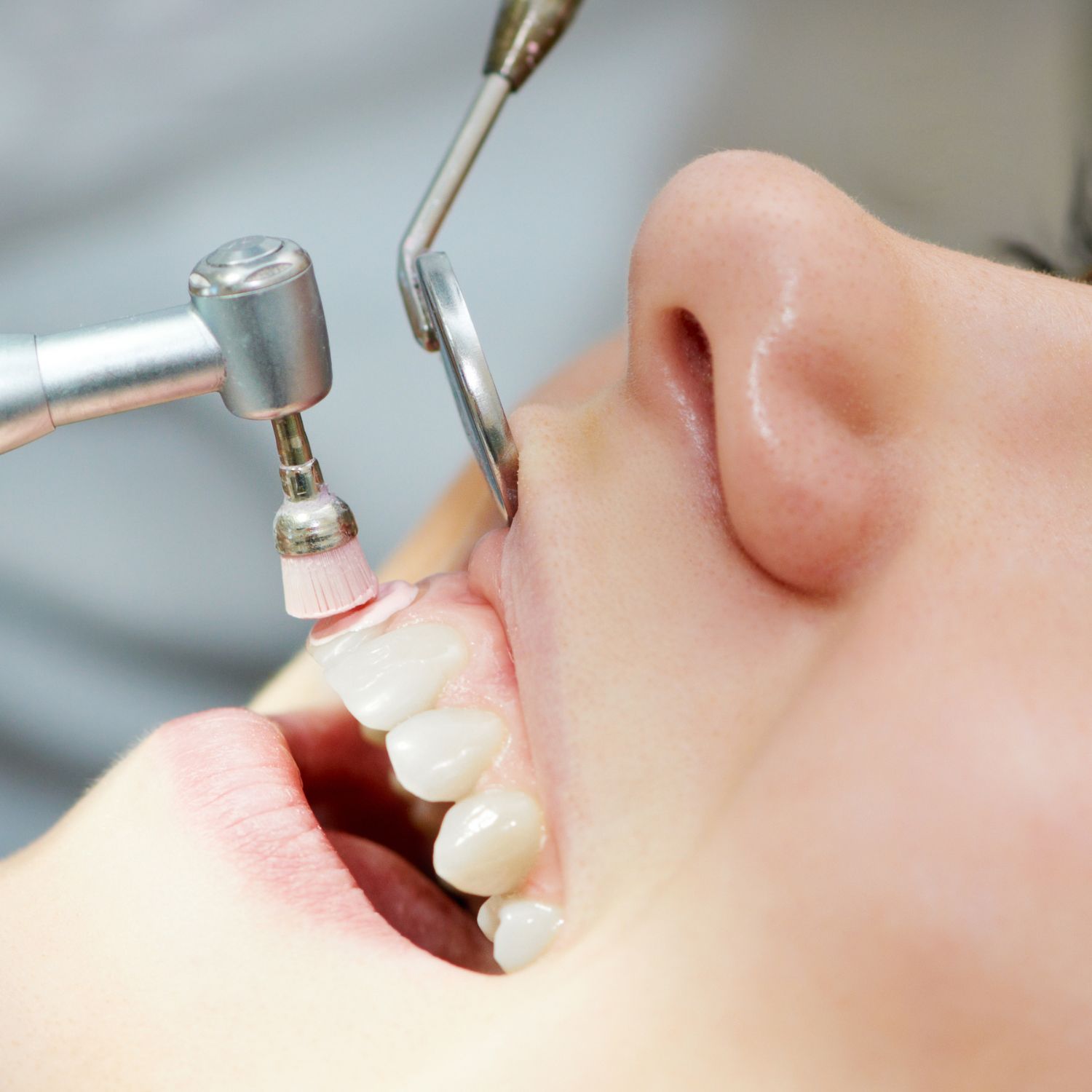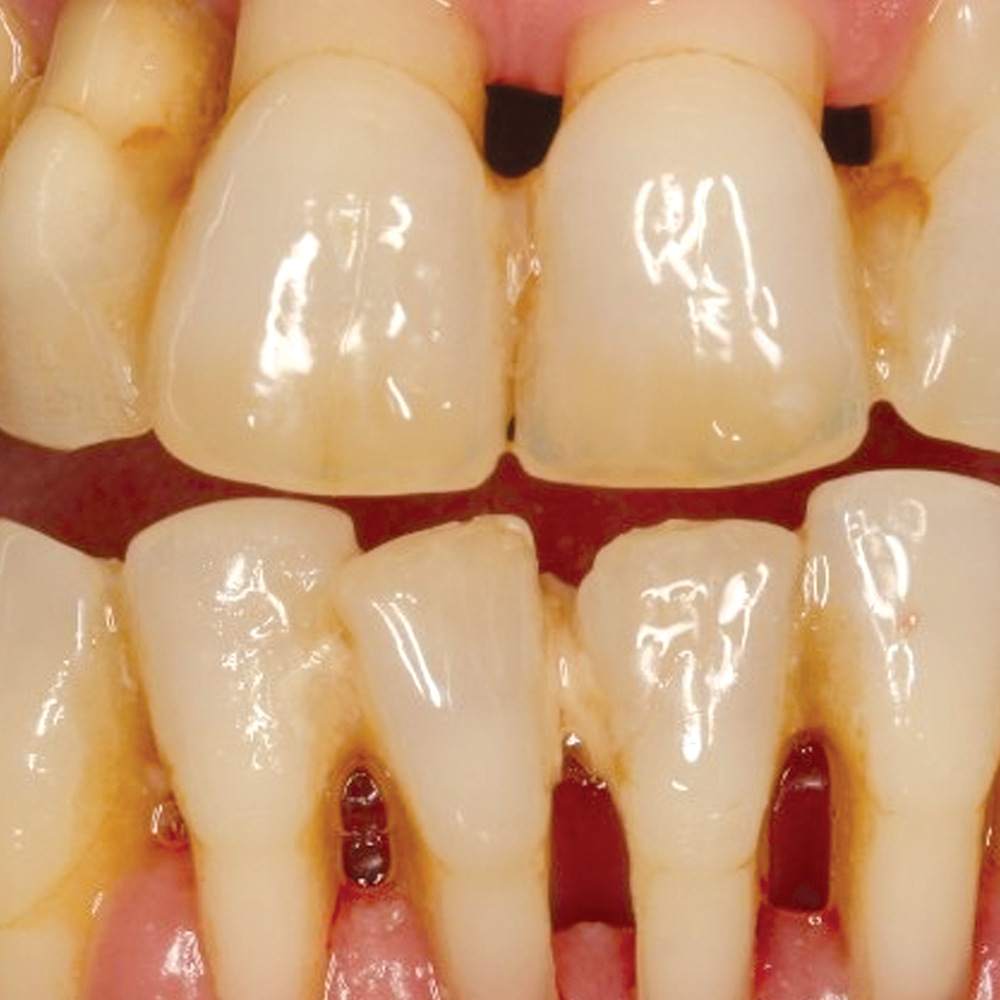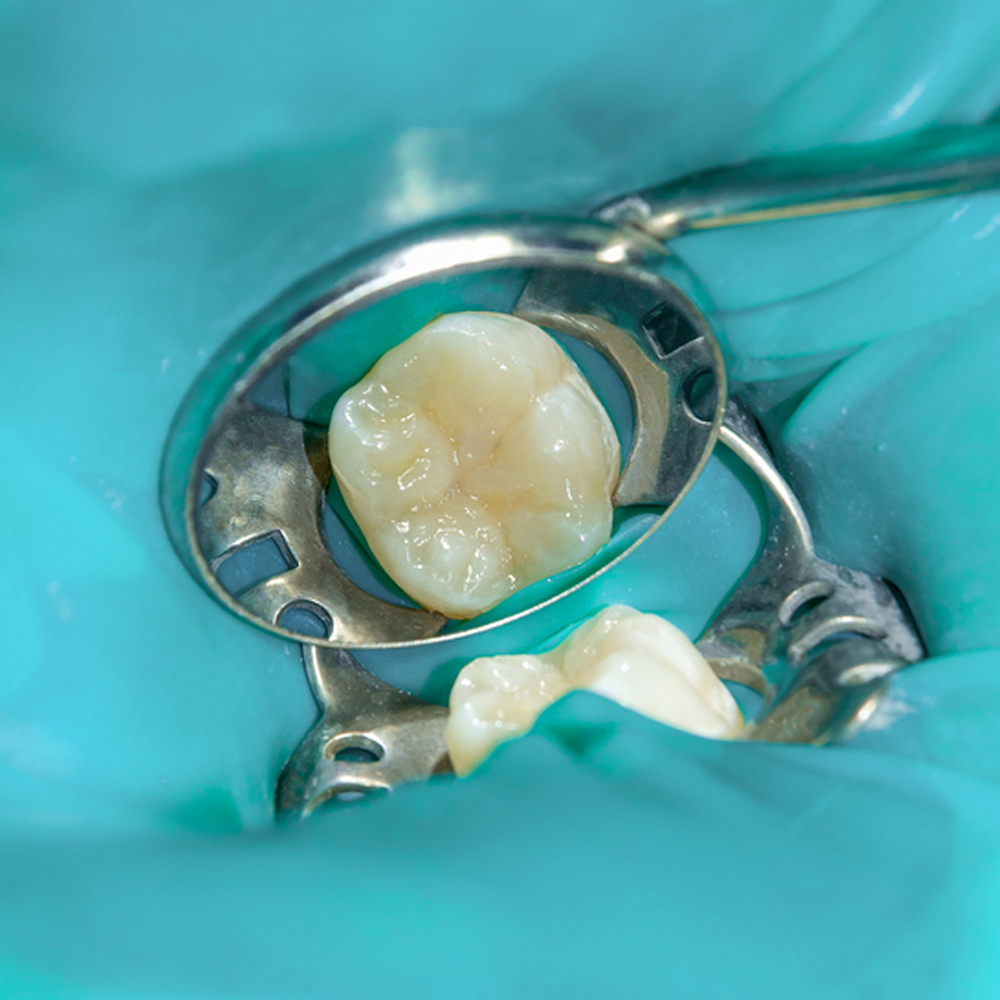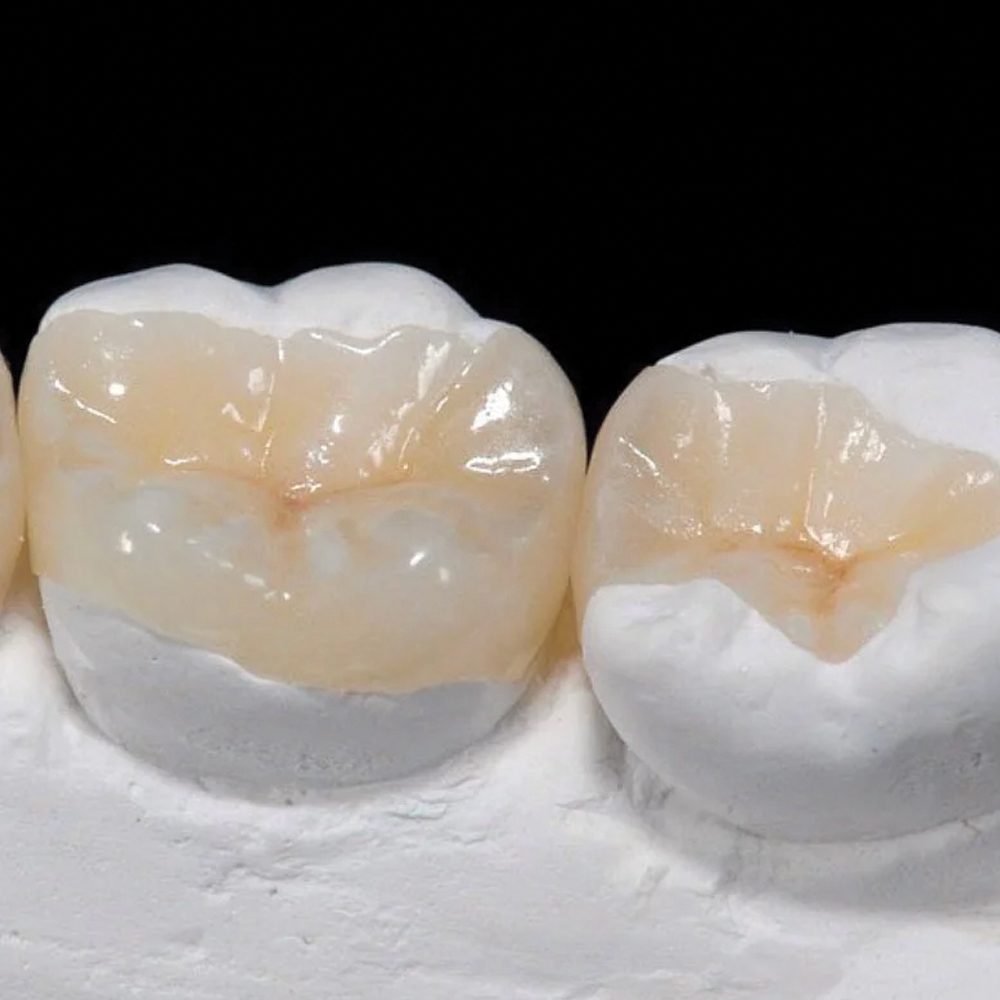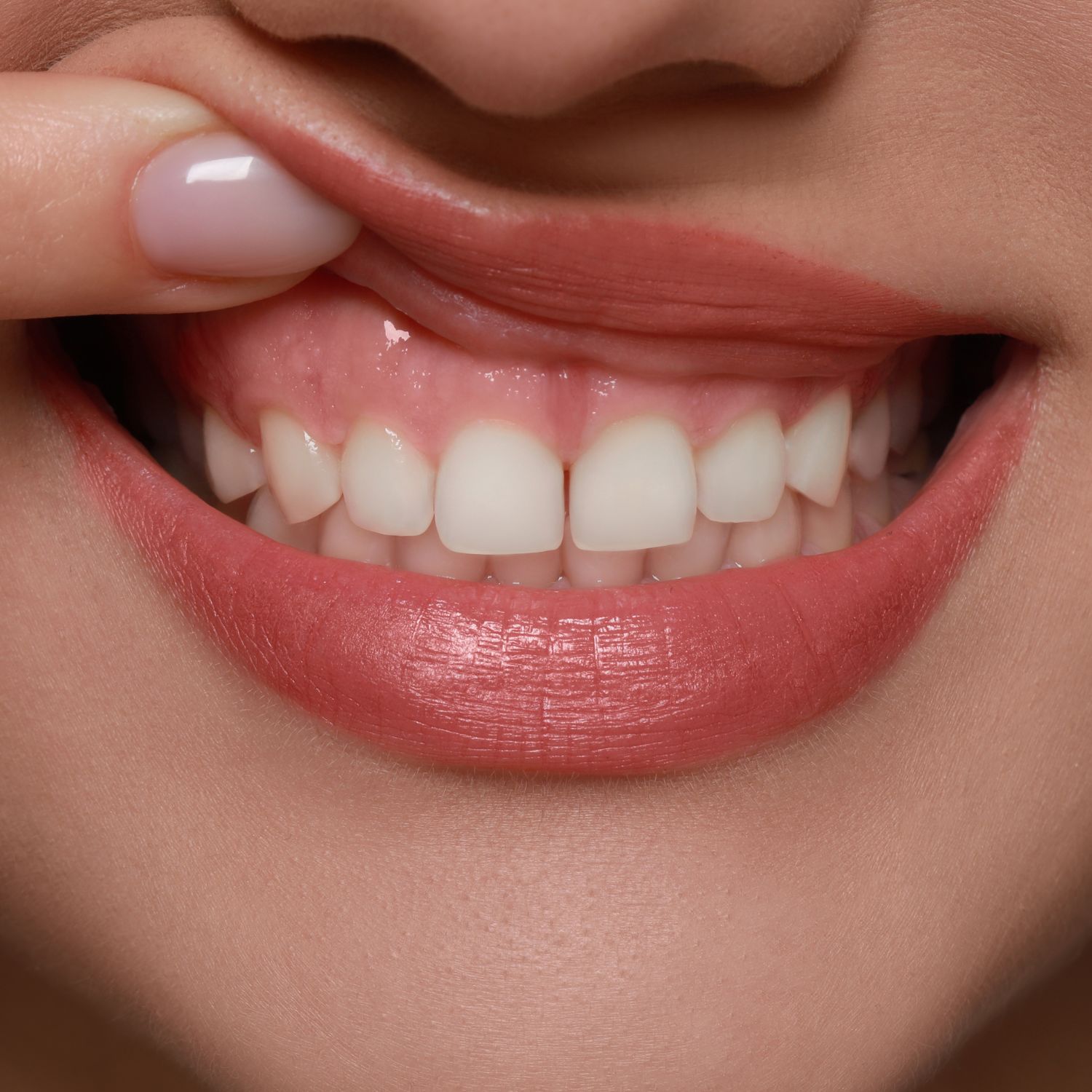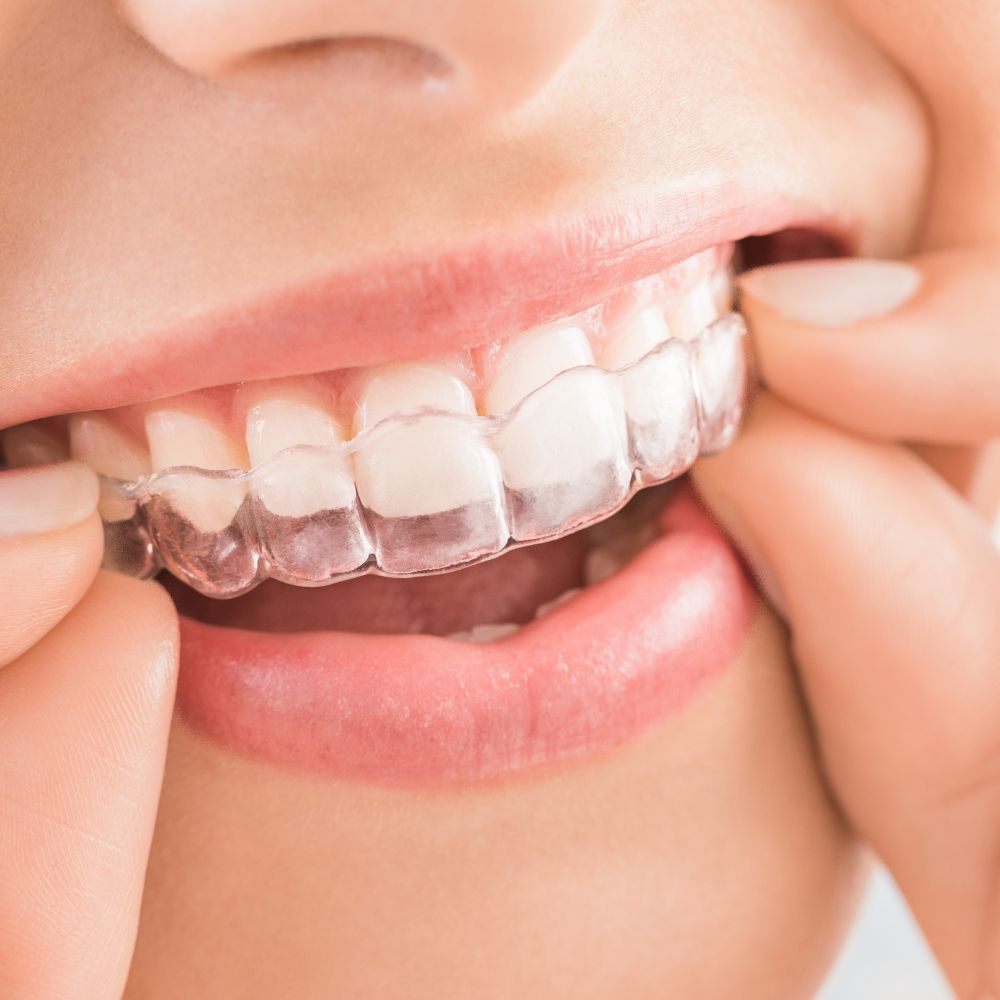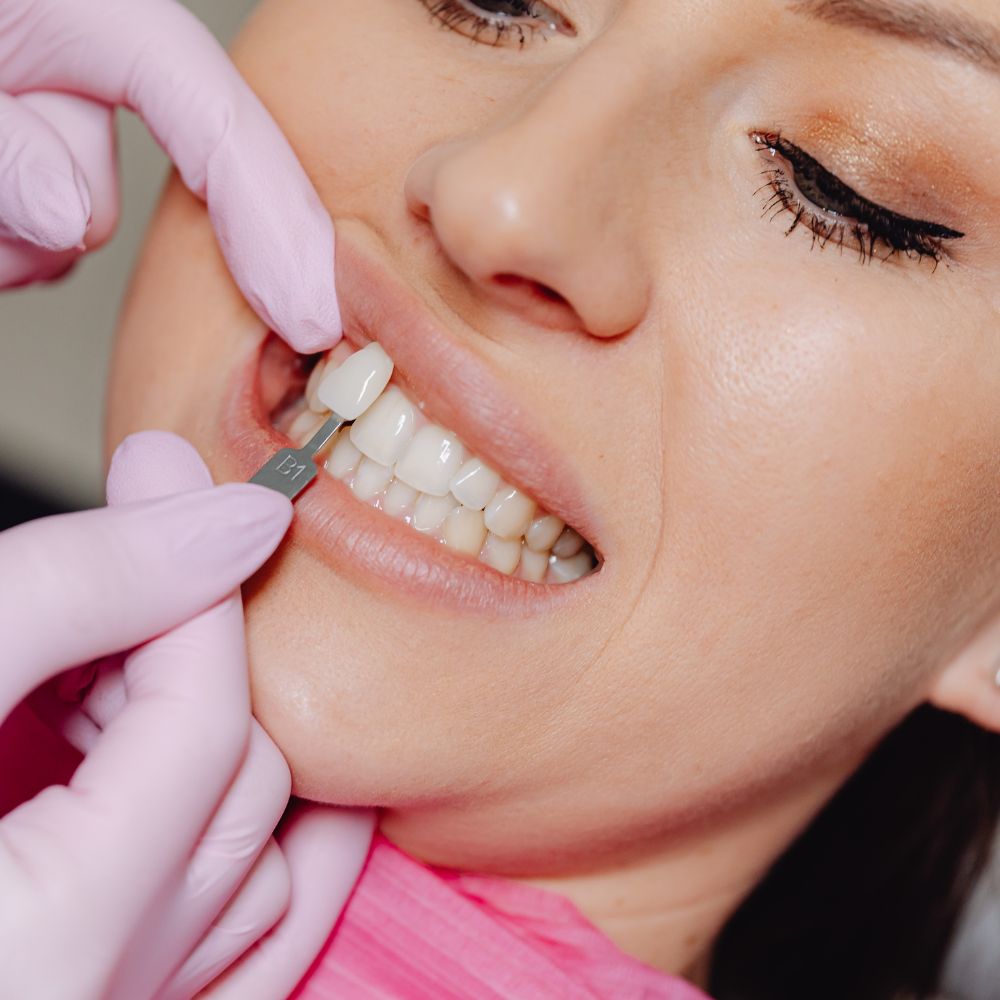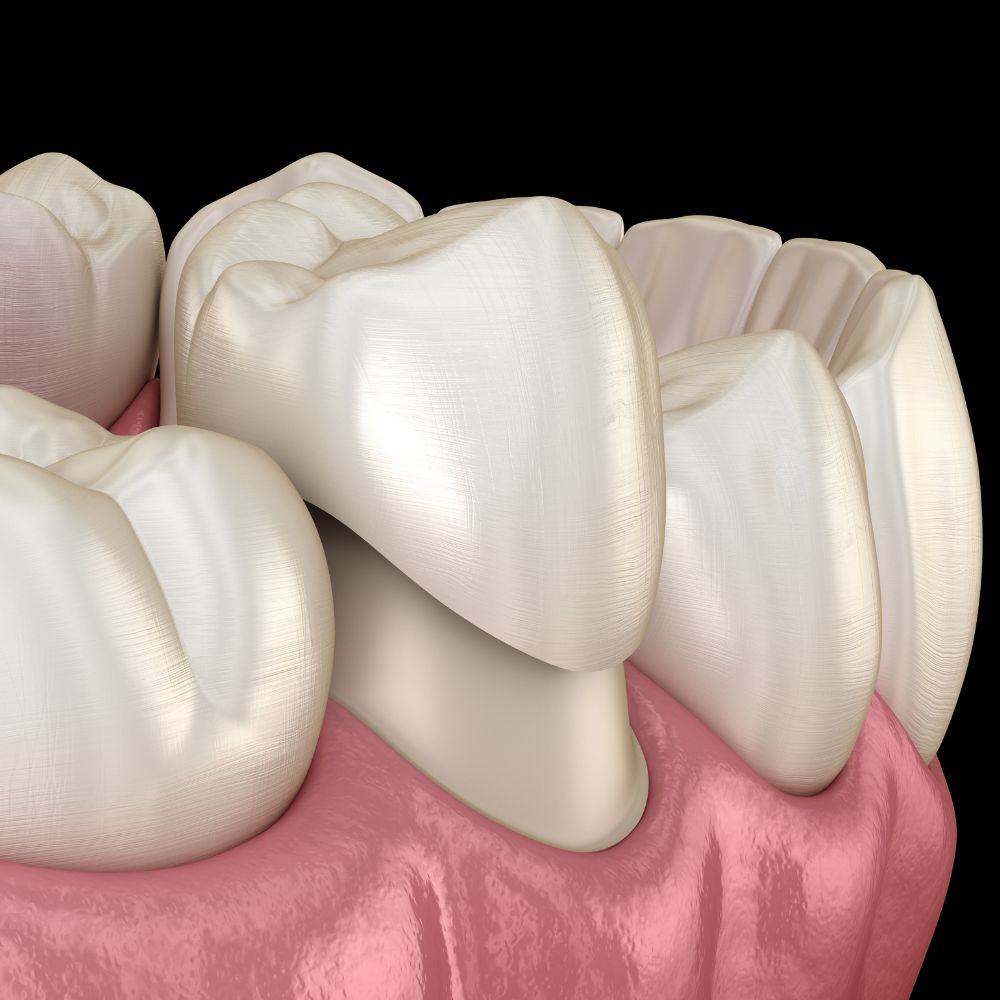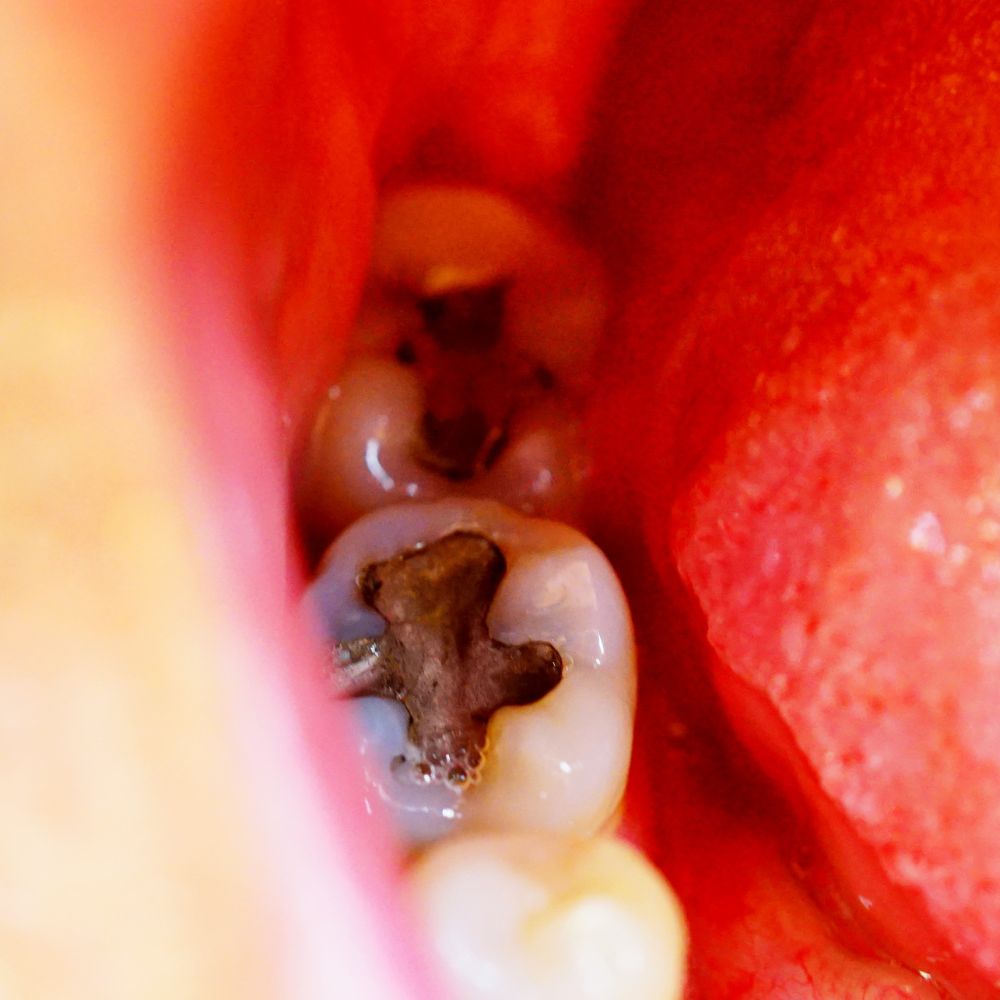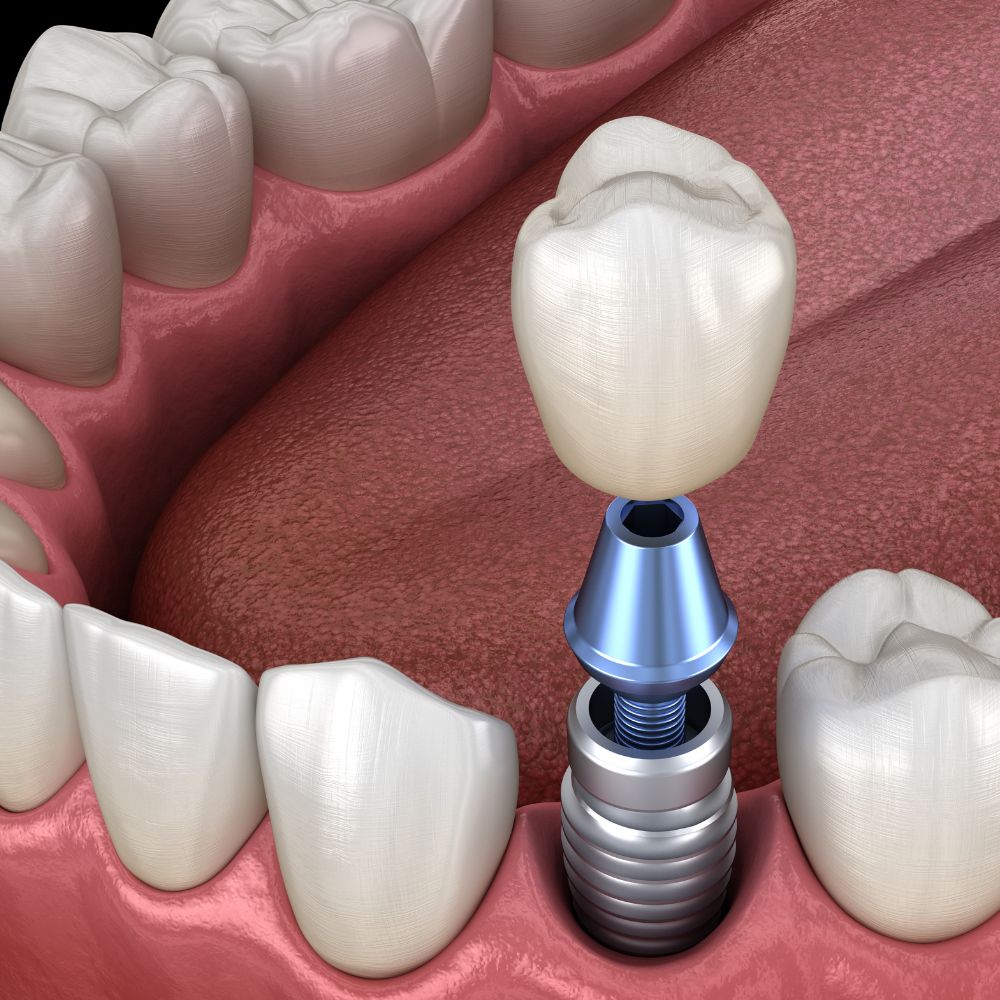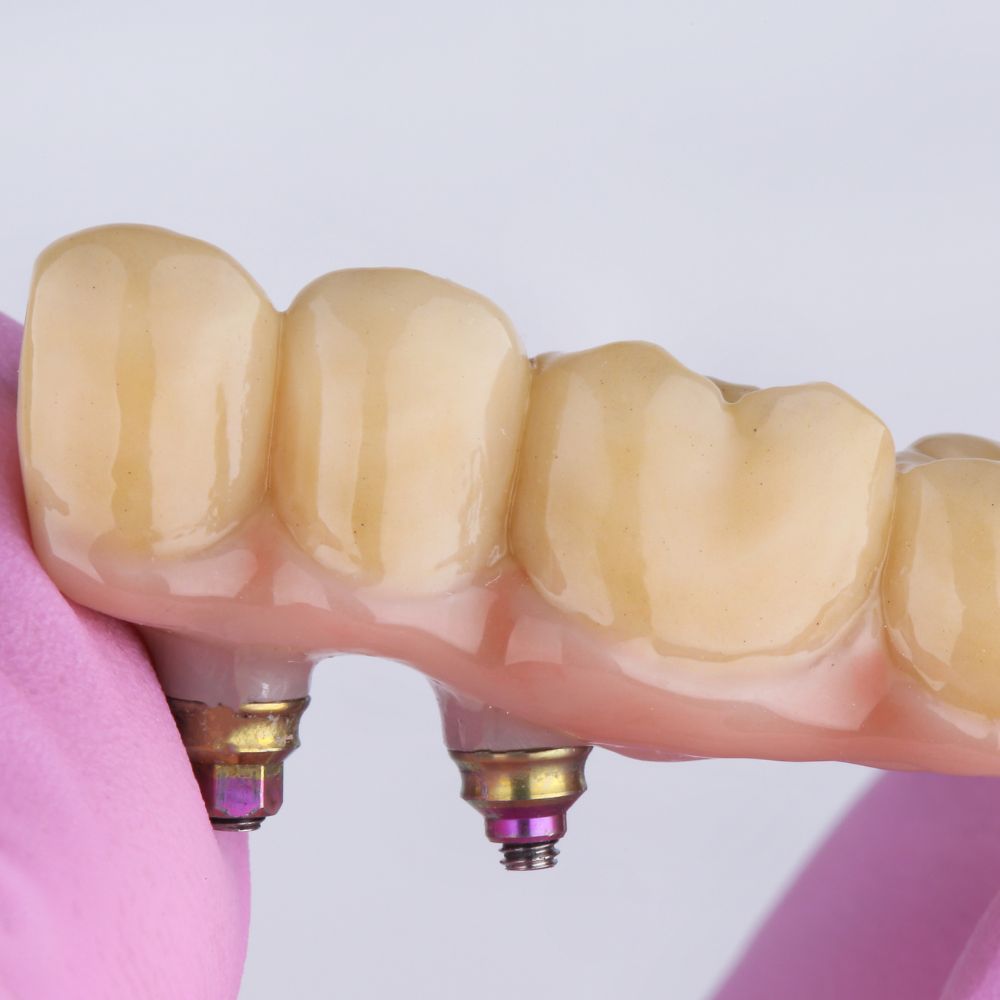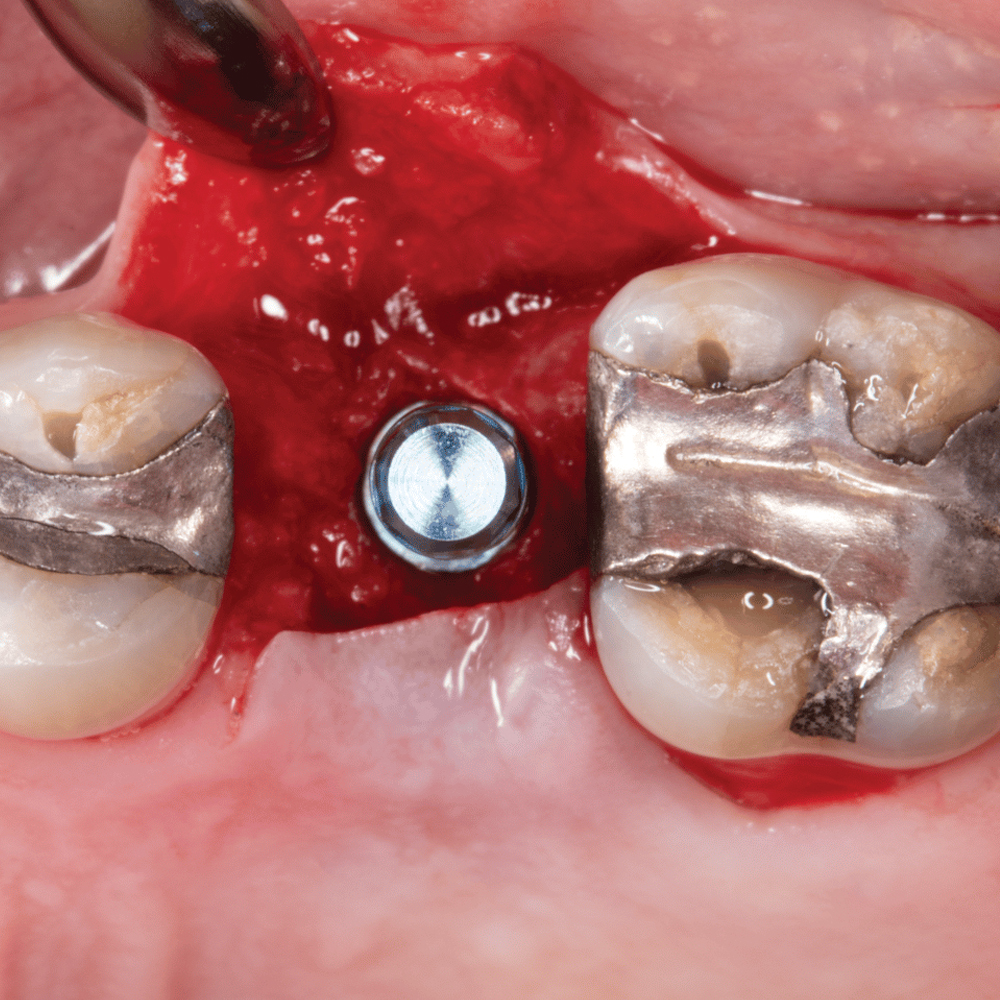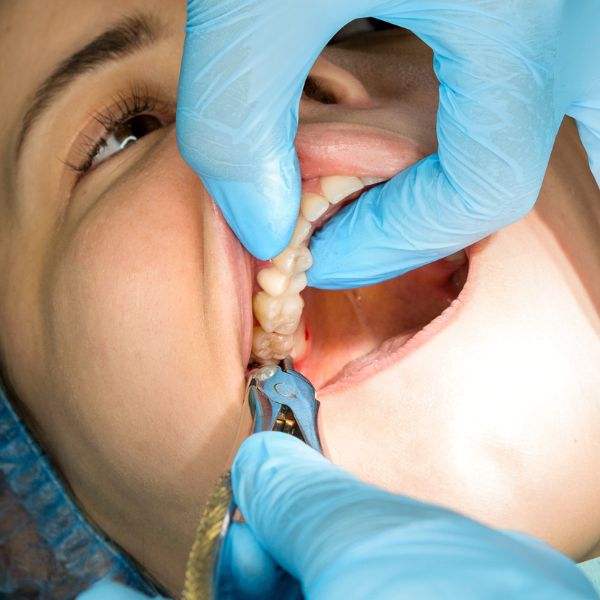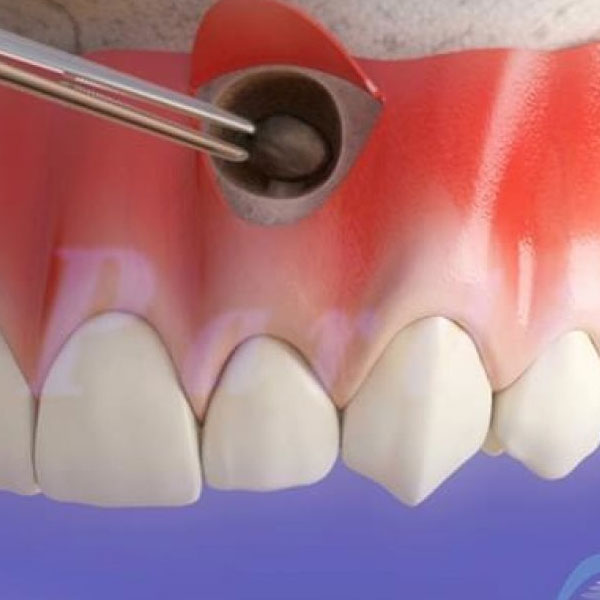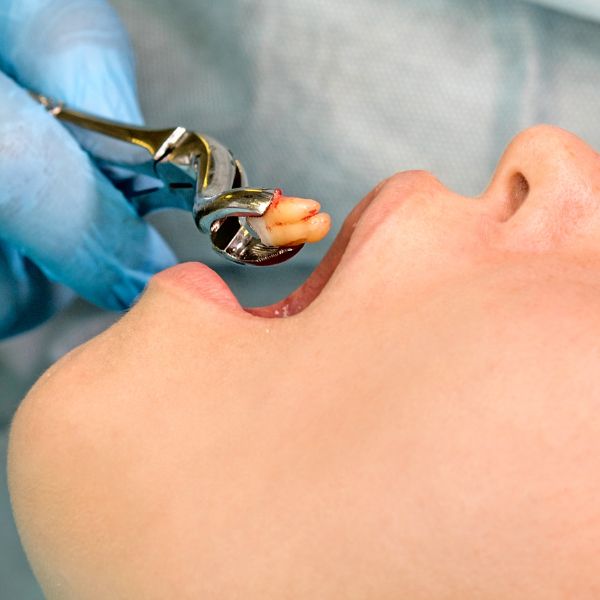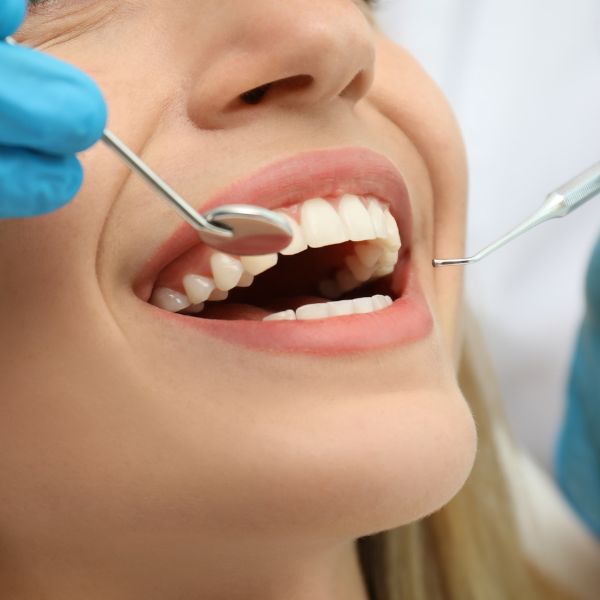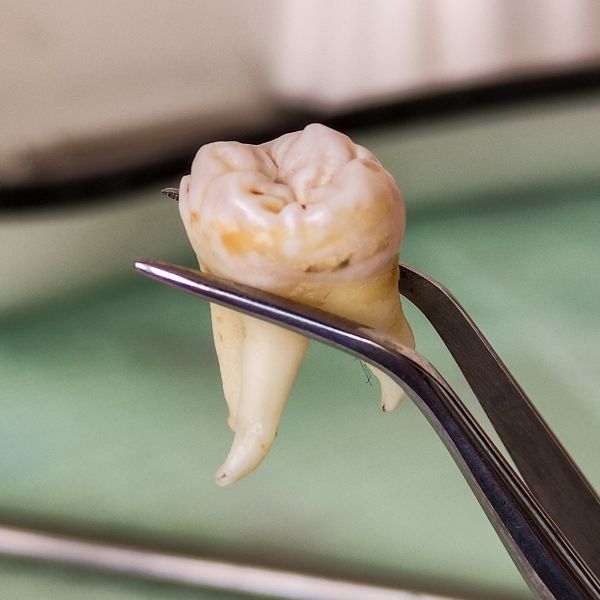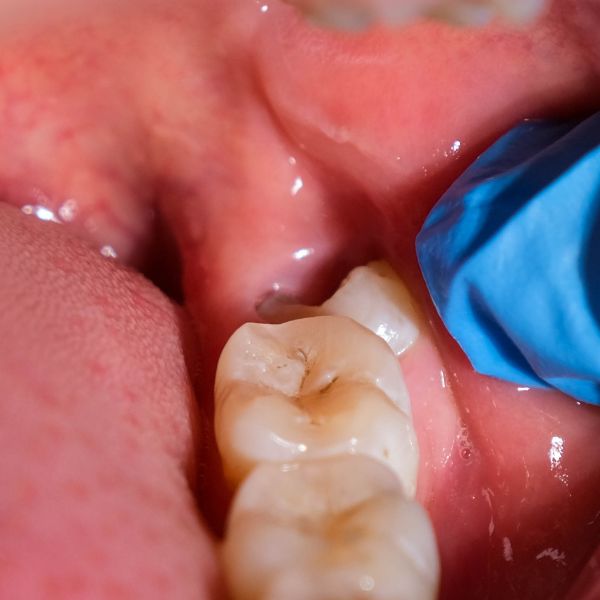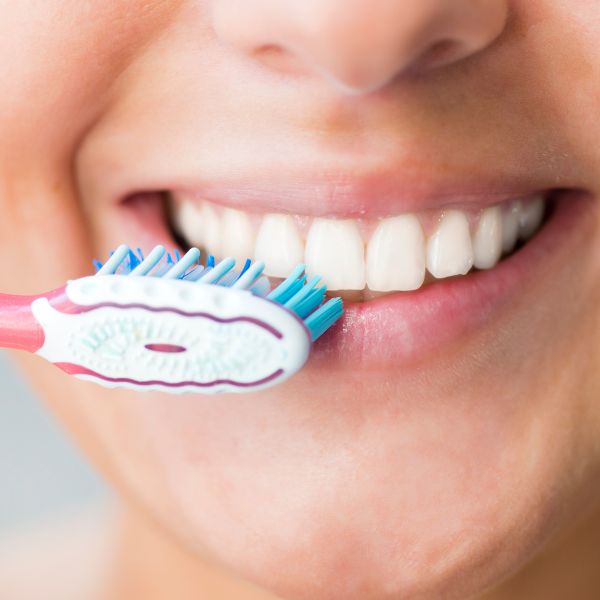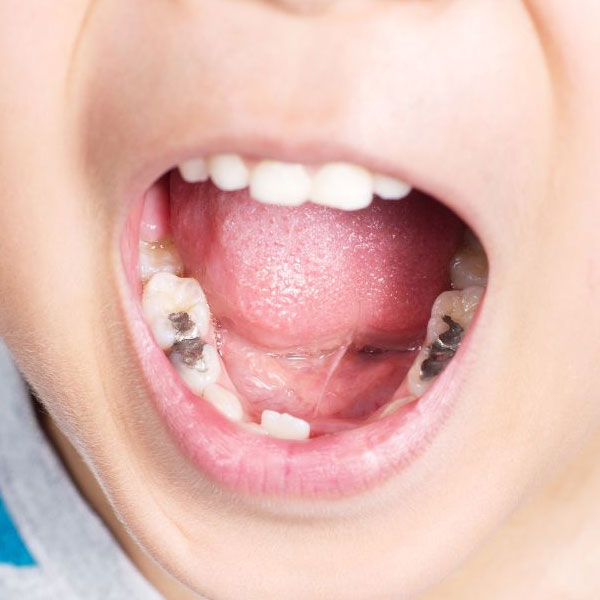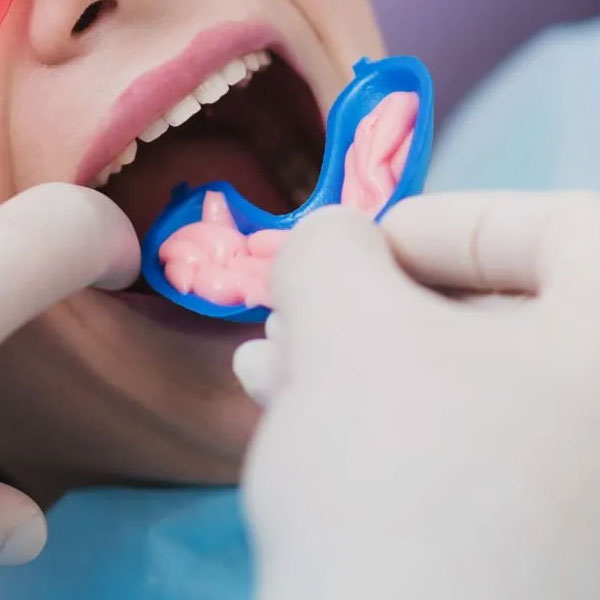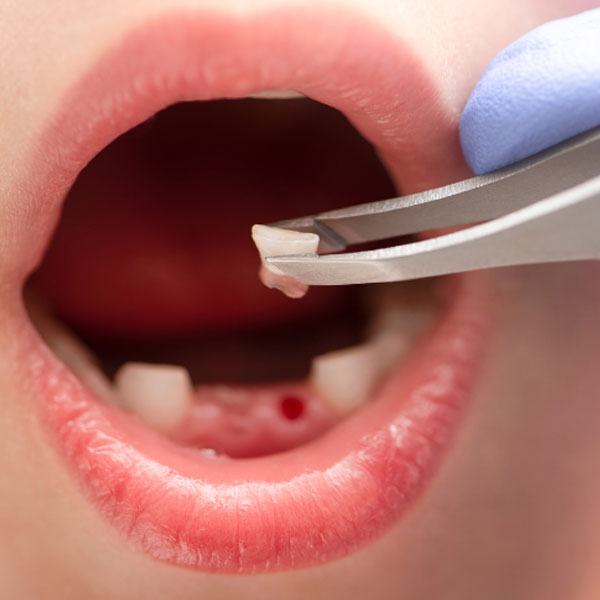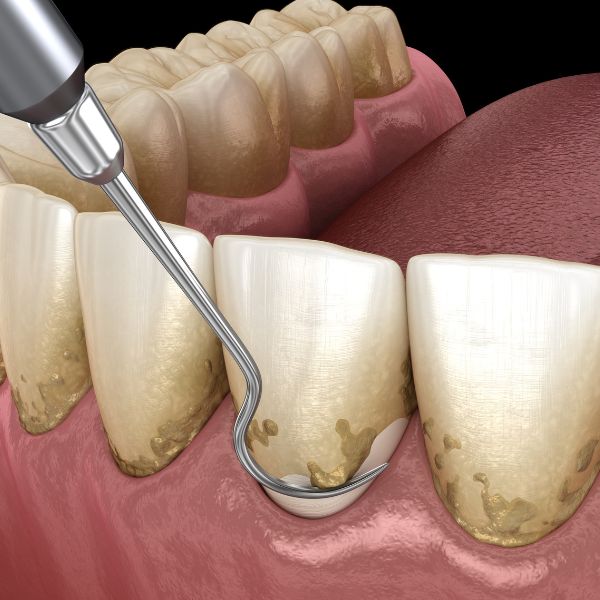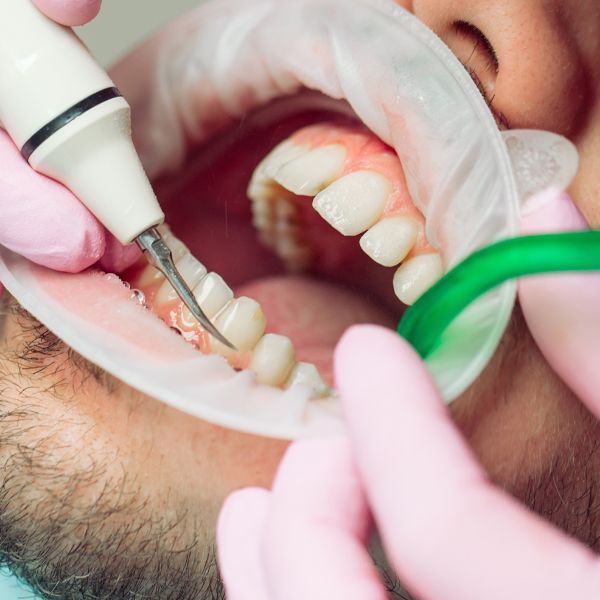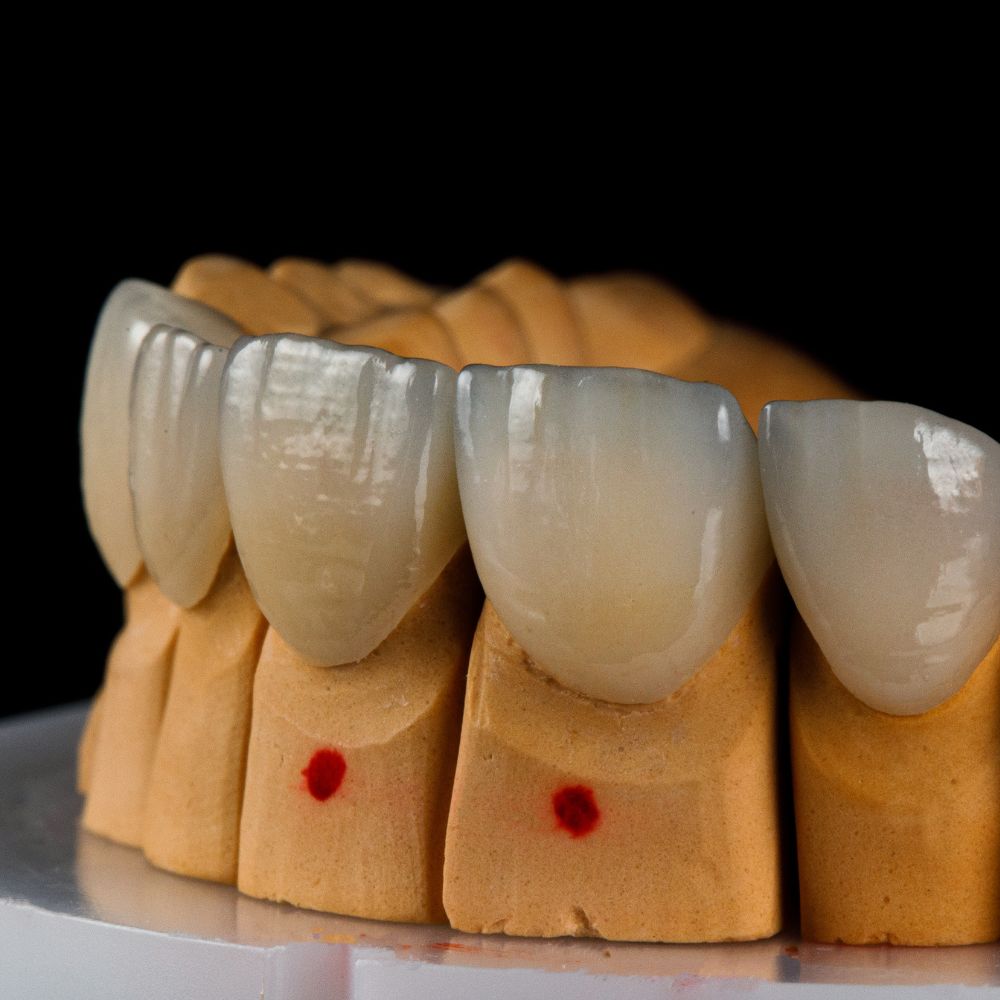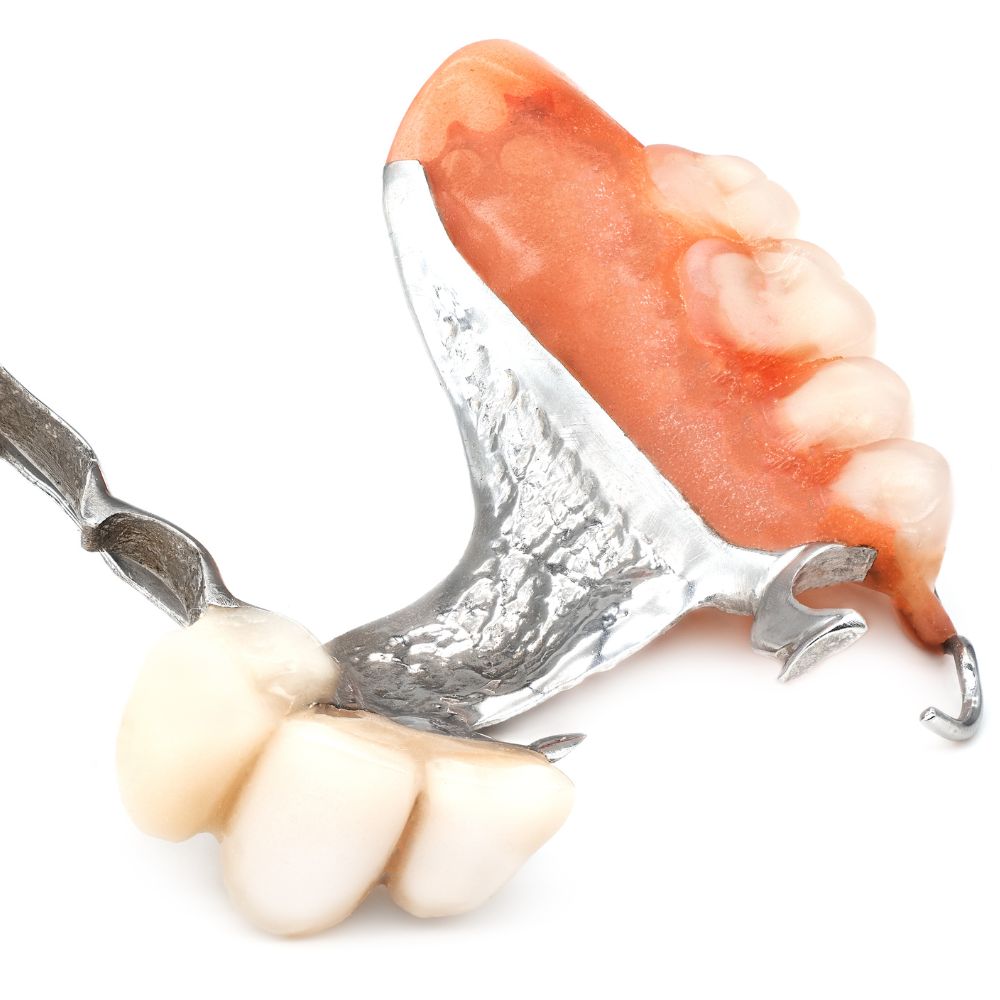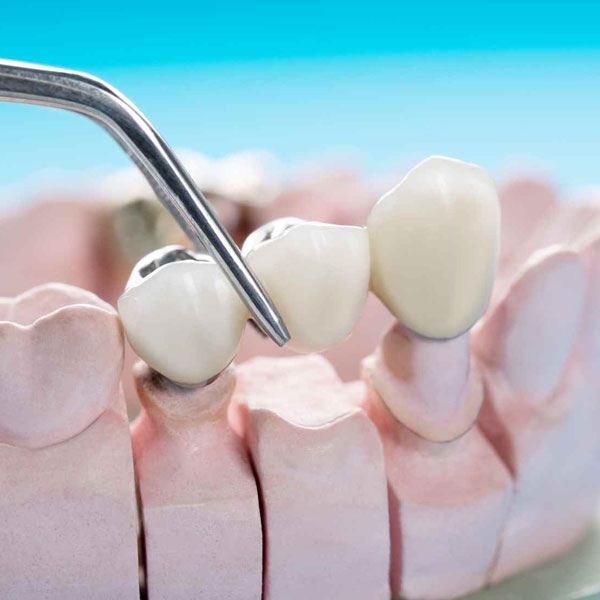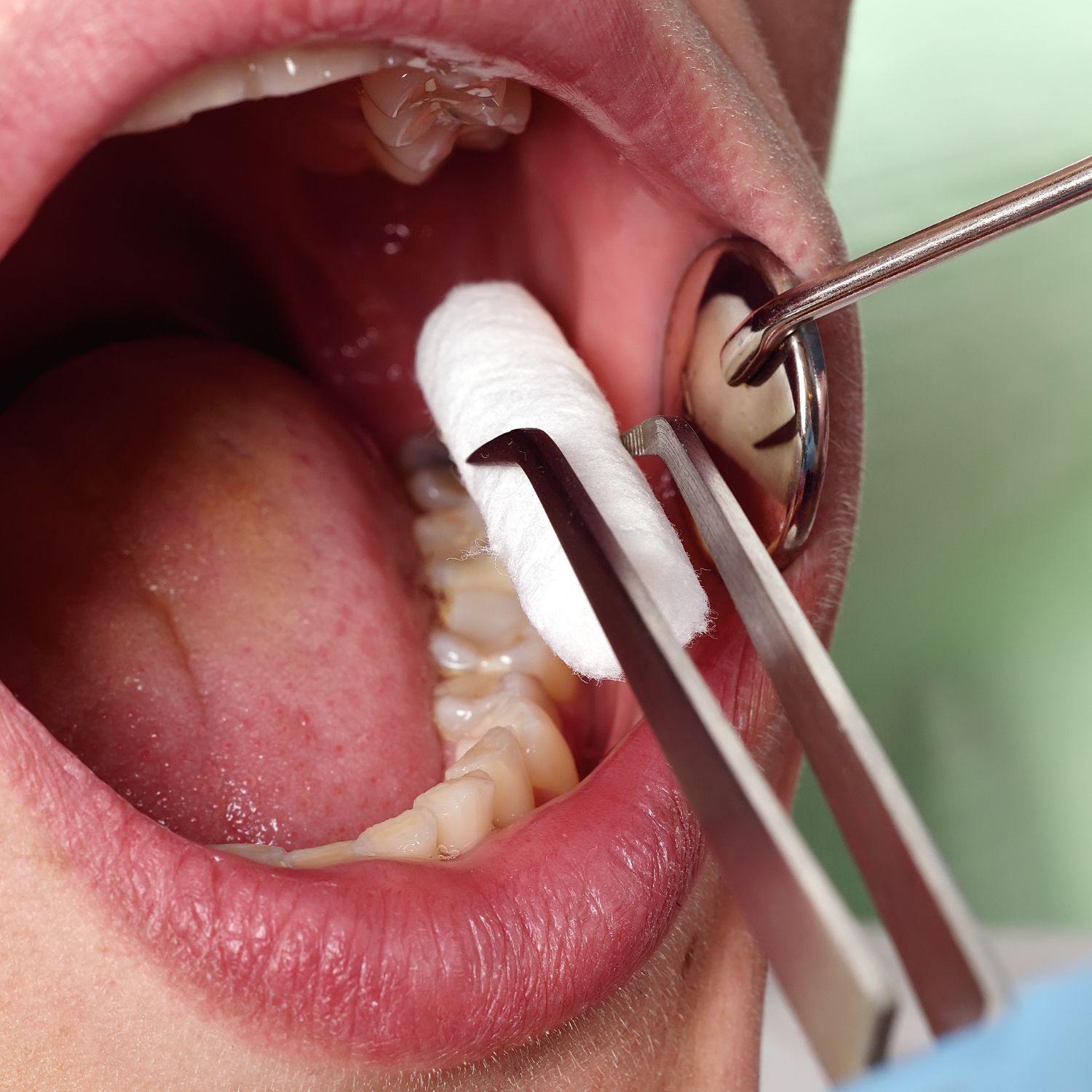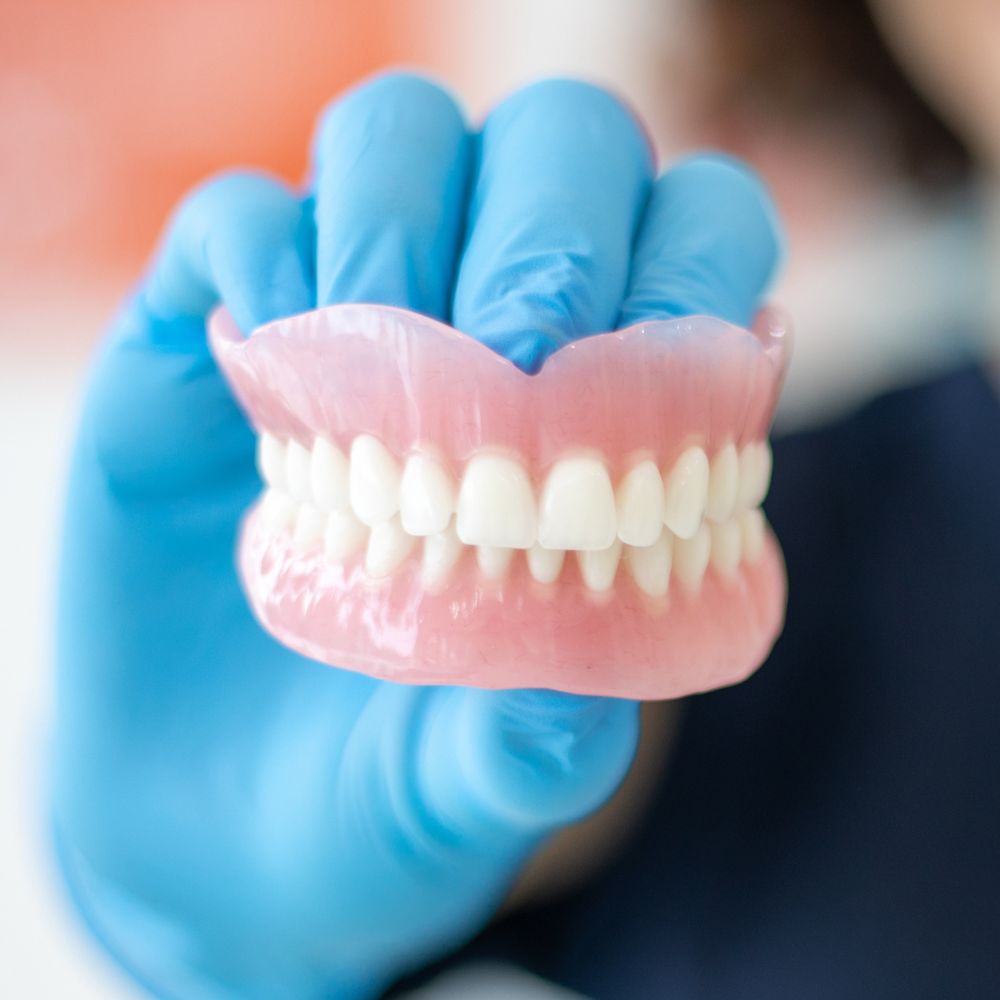Epiphysealectomy
Tooth
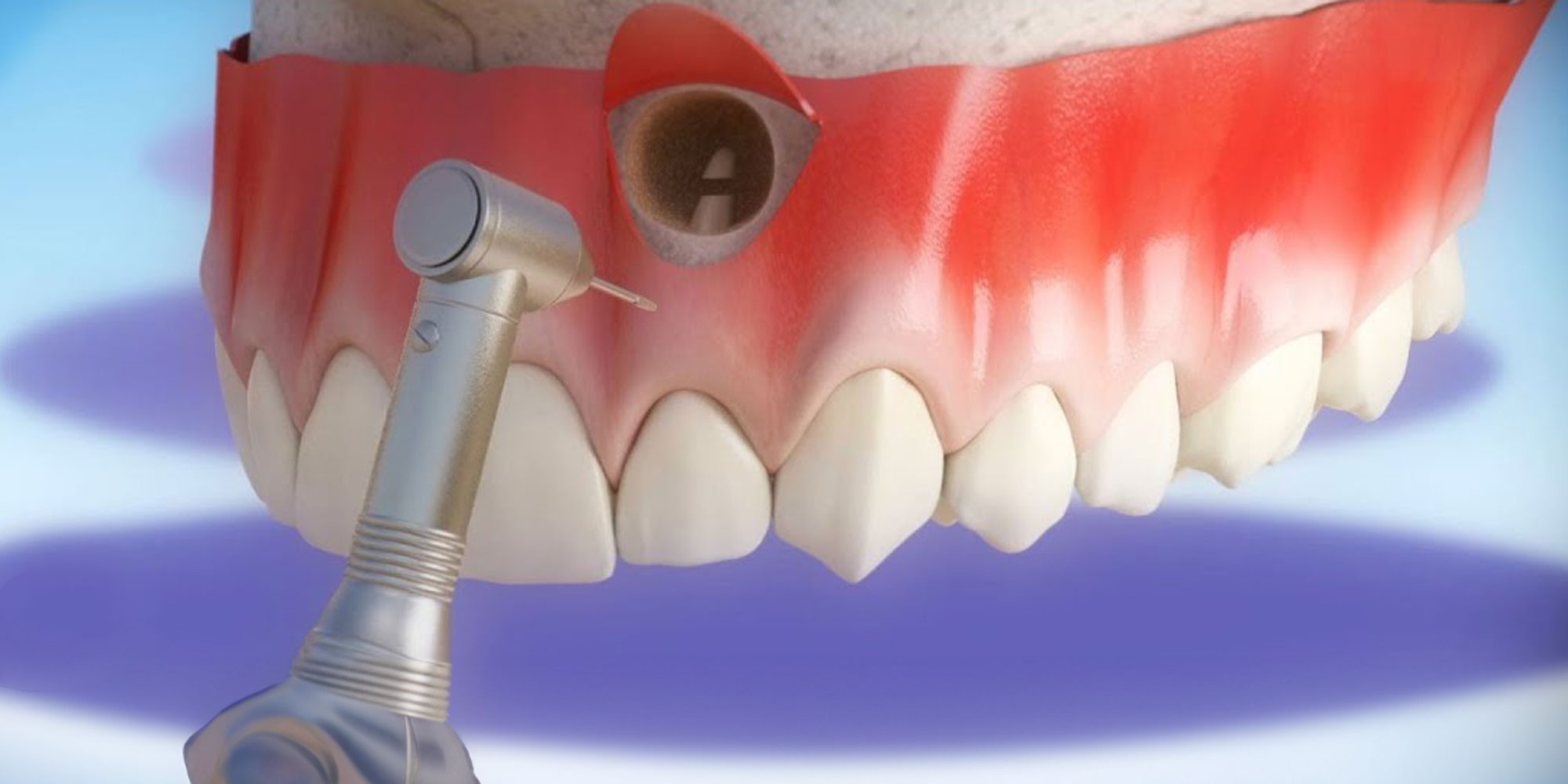
Tooth acrorrhizectomy
An apical rhizectomy is a surgical procedure performed by a maxillofacial surgeon to remove a portion of the tip of a tooth's root, known as the apex. It is followed by reverse root canal, aiming to remove the inflammation surrounding the bone at the tip of the tooth root. This procedure aims to keep the tooth in the mouth, thus avoiding the need for extraction.
An apicorhizectomy is recommended when, after denervation of a tooth, the inflammation does not subside and no improvement is observed. In this case, the apical lesion around the root of the tooth shows no signs of healing, and the area may show pus discharge, despite successful denervation.
When it is necessary to remove a large cyst from the jawbone, and the teeth, especially the tips of the dental roots, are in contact with the cyst boundaries, it is necessary to undergo endodontic treatment before surgery. This is because, otherwise, after the apicectomy of the tooth, they will cause severe pain. It is impossible to perform the removal of the root tip of a living tooth, for this reason the prior denervation of the tooth is required before the apicectomy.
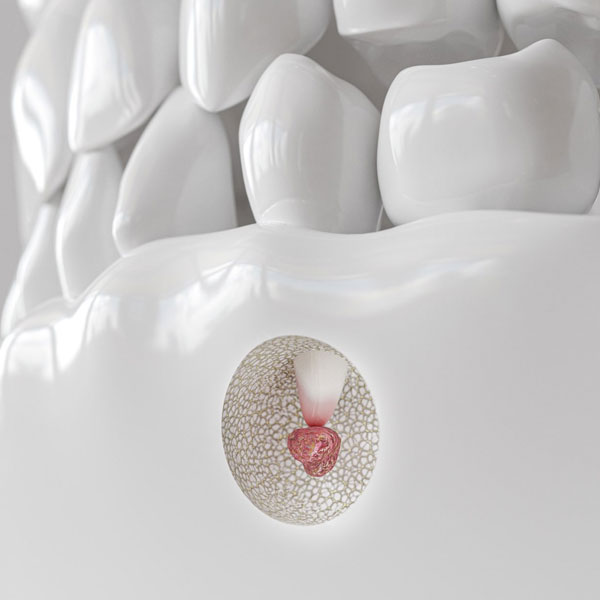
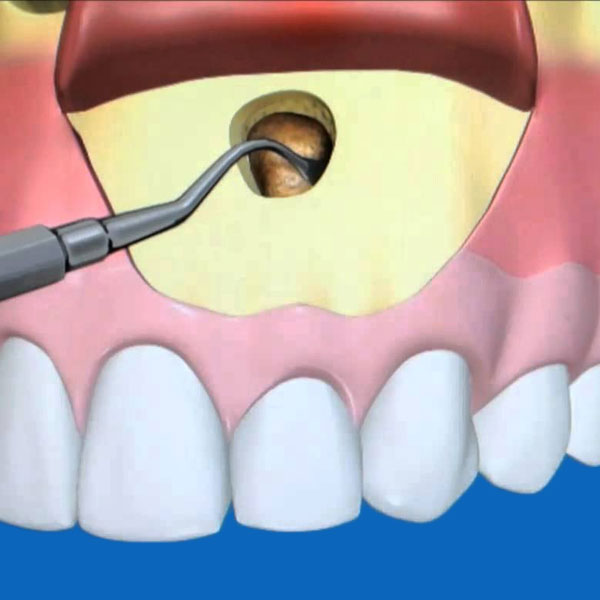
A fracture in the last third of the root of a tooth can cause difficulties in cleaning and occlusion of the root canals along the entire length of the root due to calcification. In such cases, the endodontist carries out the treatment of the root canals to the maximum possible length. In the event that in the future the tooth presents a periapical lesion, the maxillofacial surgeon performs the apical resection with the aim of preserving the tooth in the mouth.
The rhizectomy procedure includes the following steps:
1. Taking x-rays of the tooth to prepare for the operation.
2. Application of local anesthesia.
3. Cutting the gums and exposing the bone surrounding the root.
4. Removing part of the bone to access the root of the problem tooth.
5. Removal of the root third and any phlegmatic tissues.
6. Reverse obturation of the remaining part of the root with a special material.
7. Closure of the gums with stitches, which are removed about a week later.
Faq Tooth Acrorrhizectomy
How long does the tooth apical surgery take?
Depending on the difficulty of the case, tooth apicectomy takes approximately 30 to 60 minutes.
When is a rhizectomy required?
Apyrizectomy is required when the inflammation around a tooth does not subside after denervation and the root does not heal.
When does a rhizectomy hurt?
The operation is performed under local anesthesia, so the patient does not feel pain during it.
What is the recovery process after a rhizectomy?
Recovery primarily involves wound care and following oral care instructions.
What is the success rate of rhizectomy?
If performed by an experienced maxillofacial surgeon, the success rate is high. Successful healing also depends on the response of the patient's body.

